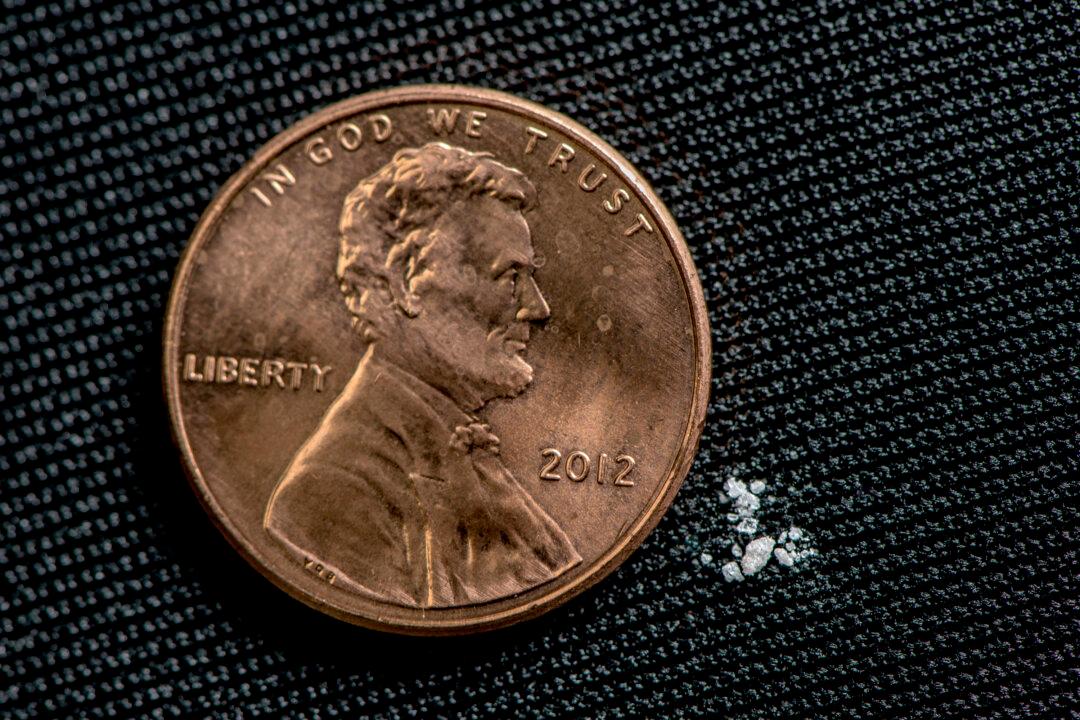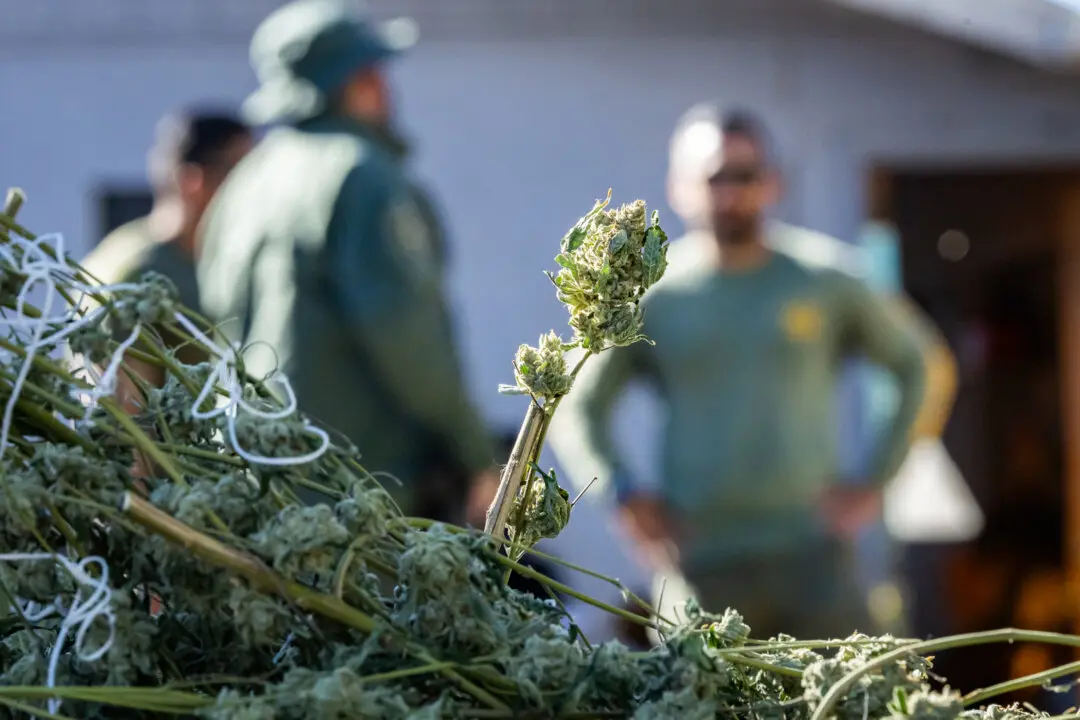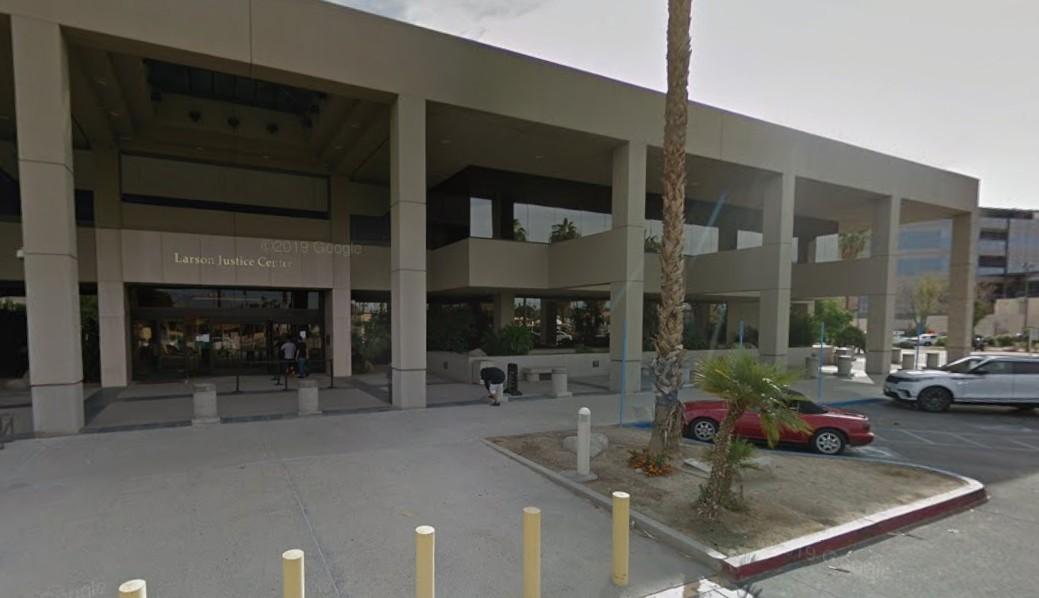After more than 18 pounds of fentanyl—enough to cause the drug overdose deaths of every resident in Orange County—was seized in a single raid last week, Sheriff Don Barnes warned of the dangers of “this extremely potent drug.”
The Orange County Sheriff’s Department says this amount of fentanyl could have produced more than four million lethal doses.





